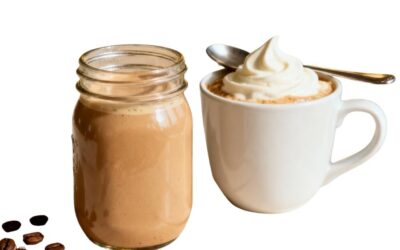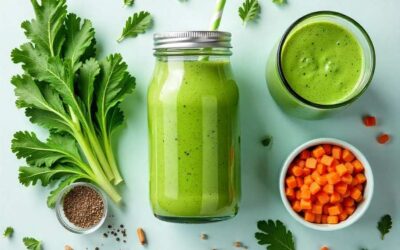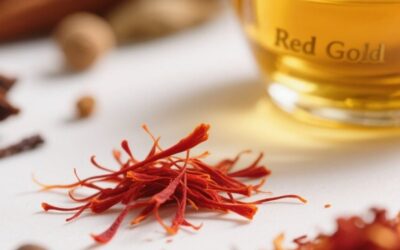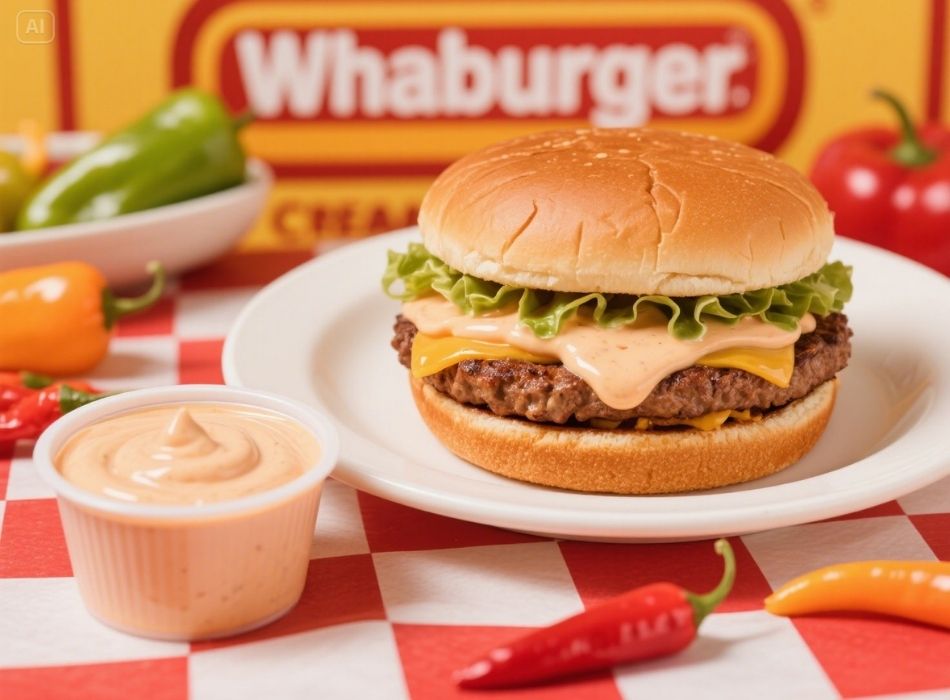If you’ve ever bitten into a Whataburger and wondered what makes their creamy pepper sauce so irresistibly good, you’re not alone. This tangy, slightly spicy condiment has developed a cult following among burger enthusiasts who crave that distinctive flavor long after leaving the restaurant.
The good news? You don’t need to make another trip to Whataburger to satisfy that craving. With the right ingredients and technique, you can recreate this beloved sauce in your kitchen. This copycat recipe captures the essence of the original—creamy, peppery, and with just the right amount of tang to elevate any meal.
Whether you want to drizzle it over homemade burgers, use it as a dipping sauce for fries, or add a kick to your favorite sandwich, mastering this recipe will give you unlimited access to that signature Whataburger flavor. Let’s break down everything you need to know to make the perfect creamy pepper sauce at home.
What Makes Whataburger Creamy Pepper Sauce Special
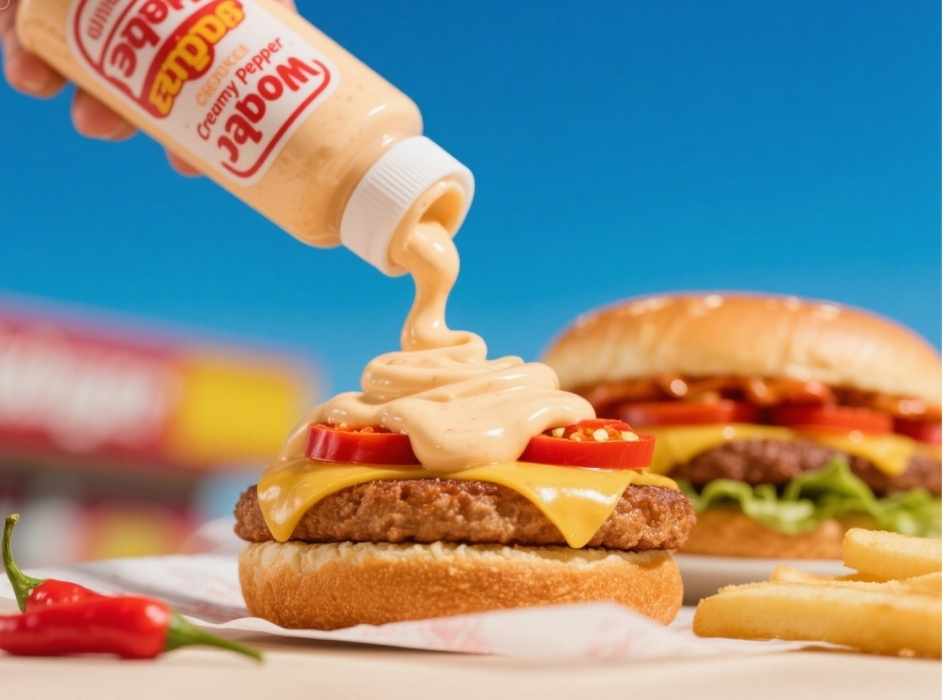
Whataburger’s creamy pepper sauce strikes the perfect balance between creamy richness and peppery heat. Unlike typical mayo-based sauces, this condiment has a distinctive tang that comes from its unique blend of ingredients. The sauce provides enough heat to wake up your taste buds without overwhelming the other flavors in your meal.
The original sauce appears on several Whataburger menu items, most notably their Whataburger Patty Melt and various chicken offerings. Its popularity has made it one of the chain’s most requested condiments, with many customers asking for extra packets to take home.
What sets this sauce apart from other pepper sauces is its creamy texture combined with visible pepper flecks. The consistency is smooth enough to spread easily but thick enough to stay put on your burger without creating a mess. The flavor profile includes notes of garlic, onion, and a medley of peppers that create complexity without being overpowering.
Essential Ingredients for Creamy Pepper Sauce
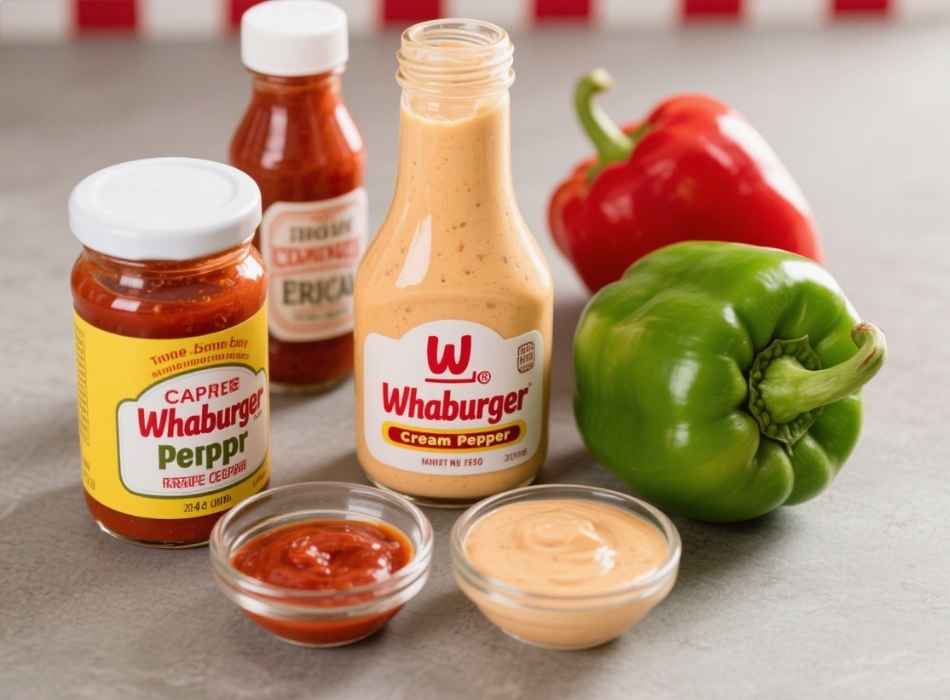
Creating an authentic-tasting Whataburger creamy pepper sauce requires specific ingredients that work together to achieve the right flavor and texture. Here’s what you’ll need:
Base Ingredients
- 1 cup mayonnaise (use a high-quality brand for best results)
- 2 tablespoons sour cream
- 1 tablespoon white vinegar
- 1 teaspoon lemon juice
Pepper Components
- 1 tablespoon finely diced jalapeño peppers (seeds removed for less heat)
- 1 teaspoon crushed red pepper flakes
- 1/2 teaspoon black pepper
- 1/4 teaspoon cayenne pepper
Flavor Enhancers
- 1 teaspoon garlic powder
- 1/2 teaspoon onion powder
- 1/2 teaspoon paprika
- 1/4 teaspoon salt
- 1/8 teaspoon sugar
Optional Additions
- 1 tablespoon finely minced green bell pepper
- 1/2 teaspoon hot sauce (adjust to taste)
The quality of your mayonnaise will significantly impact the final result. Choose a brand with a rich, creamy texture rather than a light or reduced-fat version. The sour cream adds tanginess while the vinegar and lemon juice provide the acidic bite that makes the sauce so distinctive.
Step-by-Step Instructions
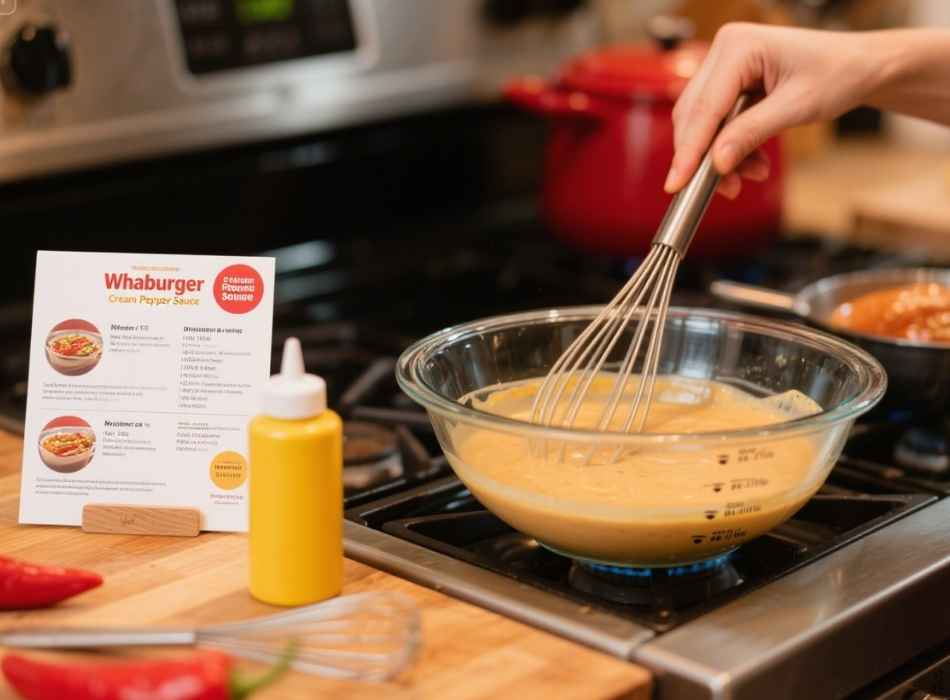
Making Whataburger creamy pepper sauce is straightforward, but attention to detail ensures the best results. Follow these steps for a sauce that rivals the original:
Preparation Phase
Start by gathering all your ingredients and measuring them accurately. If using fresh jalapeños, remove the seeds and finely dice them. The smaller the pieces, the better they’ll distribute throughout the sauce. Allow all refrigerated ingredients to come to room temperature for easier mixing.
Mixing Process
In a medium mixing bowl, combine the mayonnaise and sour cream first. Whisk them together until completely smooth with no lumps remaining. The base should be creamy and uniform in color.
Add the vinegar and lemon juice to the mayo mixture, whisking continuously to prevent separation. These acidic ingredients can cause the mix to break if added too quickly, so incorporate them gradually.
Seasoning Integration
In a separate small bowl, combine all the dry spices: garlic powder, onion powder, paprika, salt, and sugar. Mix them thoroughly to ensure even distribution. This prevents clumping when you add them to the wet ingredients.
Add the spice mixture to the mayo base, whisking until all seasonings are fully incorporated. The sauce should have a uniform color with no visible clumps of spices.
Adding the Peppers
Fold in the diced jalapeños, crushed red pepper flakes, and any additional peppers you’re using. Use a spatula to gently incorporate these ingredients, ensuring they’re evenly distributed without overmixing.
If you’re adding hot sauce for extra heat, start with just a few drops and taste before adding more. Remember, you can always add more heat, but you can’t take it away.
Achieving the Perfect Consistency
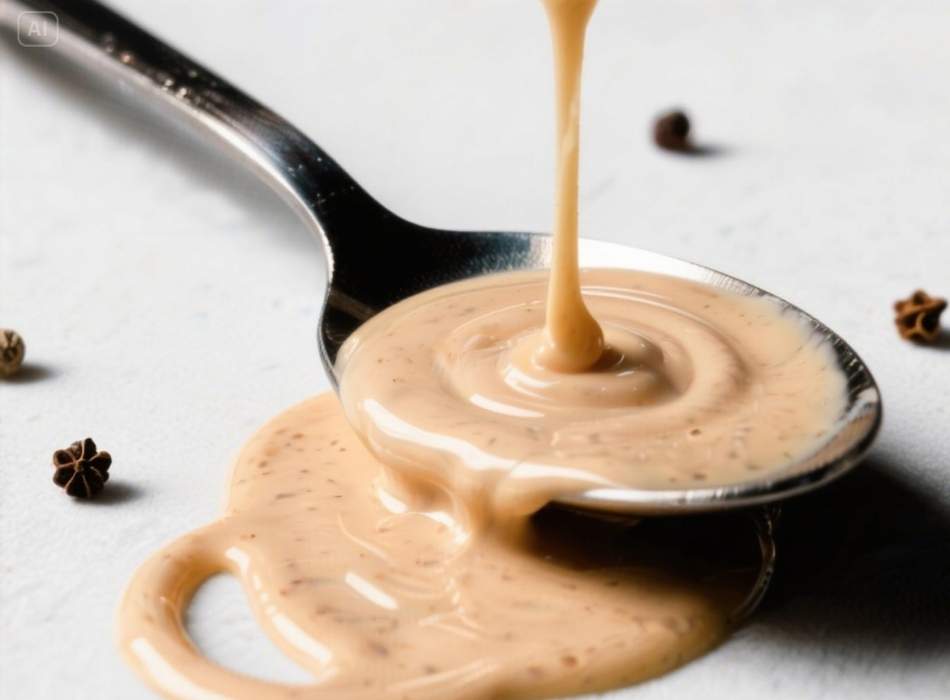
The ideal creamy pepper sauce should coat the back of a spoon but still be pourable. If your sauce is too thick, thin it with small amounts of vinegar or lemon juice. Add these liquids one teaspoon at a time, mixing thoroughly between additions.
If the sauce becomes too thin, you can thicken it by mixing in additional mayonnaise. However, be careful not to dilute the flavor too much. A better approach is to let the sauce rest in the refrigerator, which often allows it to thicken naturally as the ingredients meld together.
The texture should be smooth with visible pepper flecks throughout. These flecks not only add visual appeal but also provide bursts of flavor in each bite. Make sure your peppers are chopped fine enough to integrate well but large enough to be noticeable.
Flavor Adjustments and Variations
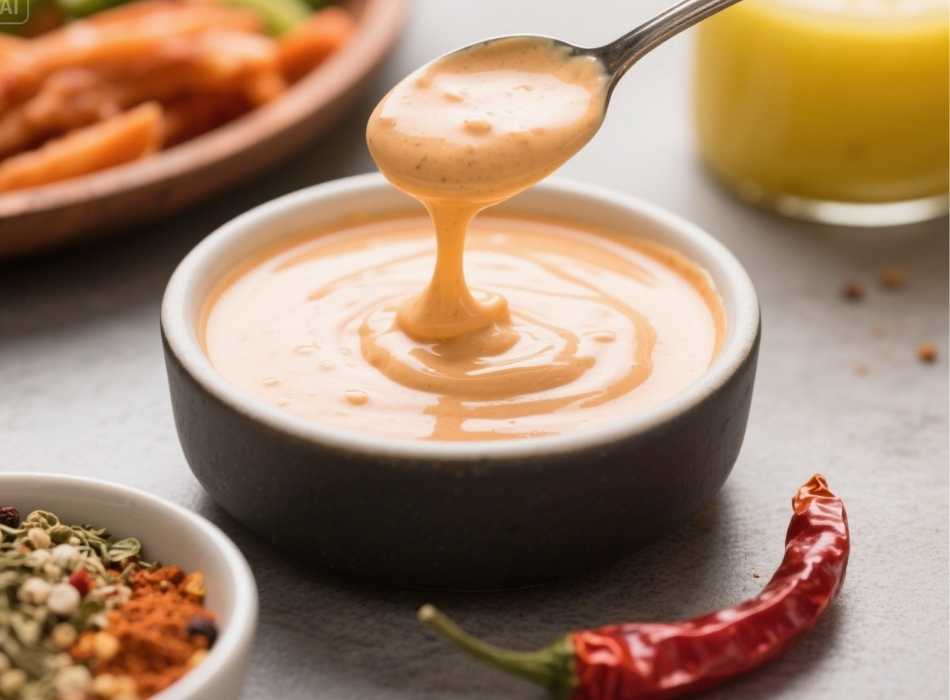
Taste your sauce after mixing and adjust the seasonings as needed. The flavor should be balanced between creamy, tangy, and spicy. Here are standard adjustments you might need to make:
Heat Level Modifications
If the sauce isn’t spicy enough, add more cayenne pepper or crushed red pepper flakes in small increments. For less heat, reduce the amount of jalapeños or remove more seeds before dicing.
Tanginess Adjustments
For more tang, add additional lemon juice or vinegar. If the sauce is too acidic, balance it with a pinch more sugar or additional mayonnaise.
Flavor Variations
Some people prefer a smokier version by adding a small amount of smoked paprika or chipotle powder. Others like extra garlic flavor, and increase the garlic powder accordingly.
For a fresher taste, try adding finely minced fresh herbs like chives or parsley. These additions won’t replicate the original exactly, but can create delicious variations for different uses.
Proper Storage and Shelf Life
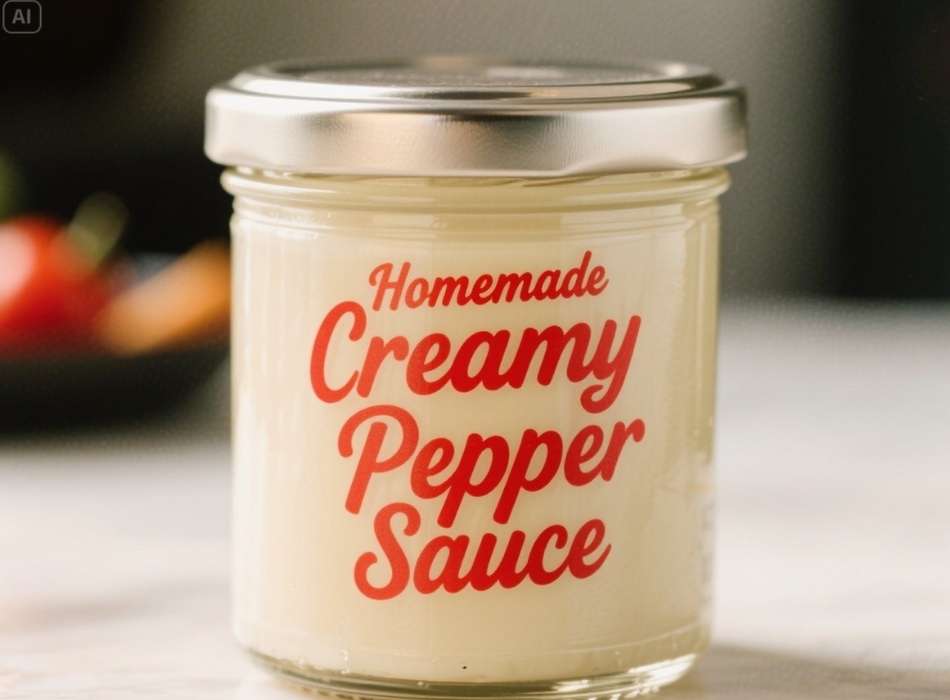
Store your homemade creamy pepper sauce in an airtight container in the refrigerator. Glass jars work particularly well because they don’t absorb flavors and are easy to clean. The sauce will keep for up to one week when properly stored.
Before each use, give the sauce a gentle stir as some separation is normal. Don’t be alarmed if you see a small amount of liquid on top—this is just the vinegar and lemon juice separating slightly.
For food safety, always use clean utensils when scooping out the sauce, and never leave it at room temperature for more than two hours. If you notice any off odors, colors, or flavors, discard the sauce immediately.
Creative Ways to Use Your Homemade Sauce
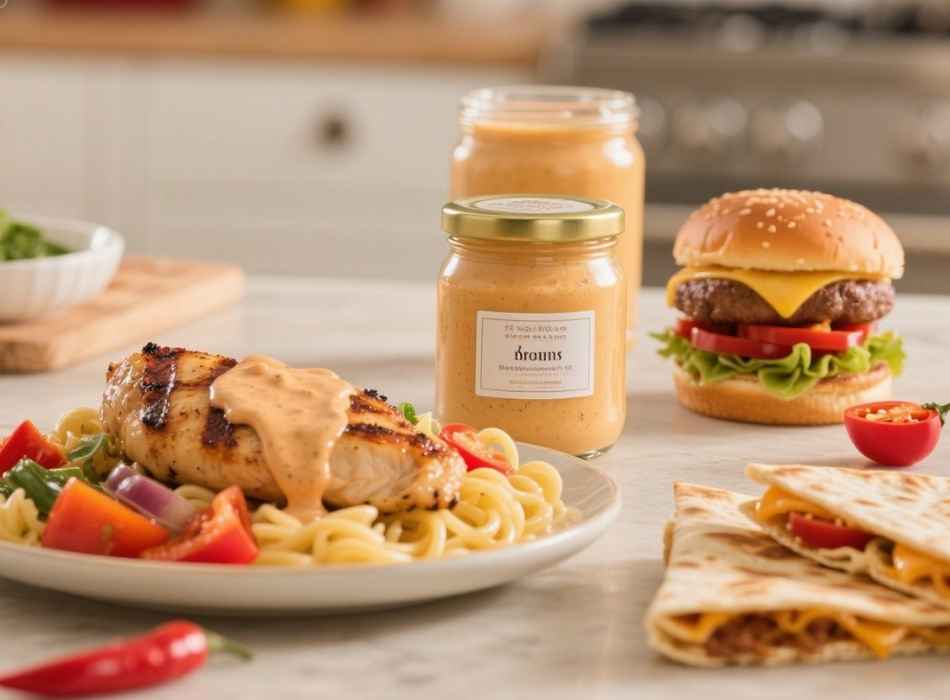
While this sauce is perfect for burgers, its versatility extends far beyond that single application. Here are some creative ways to use your homemade creamy pepper sauce:
Burger and Sandwich Applications
Spread it on any type of burger for an instant flavor upgrade. It pairs particularly well with beef, chicken, and turkey burgers. Try it on grilled chicken sandwiches, club sandwiches, or even as a spread for wraps.
Dipping Sauce Options
Use it as a dipping sauce for French fries, onion rings, or chicken tenders. The creamy texture and peppery kick make it an excellent alternative to traditional ketchup or ranch dressing.
Salad Dressing Base
Thin the sauce with a bit of extra vinegar and oil to create a unique salad dressing. It works exceptionally well with hearty salads containing grilled chicken or bacon.
Vegetable Accompaniment
Serve it alongside raw vegetables as part of a crudité platter—the sauce pairs particularly well with bell peppers, celery, and cucumber.
Troubleshooting Common Issues
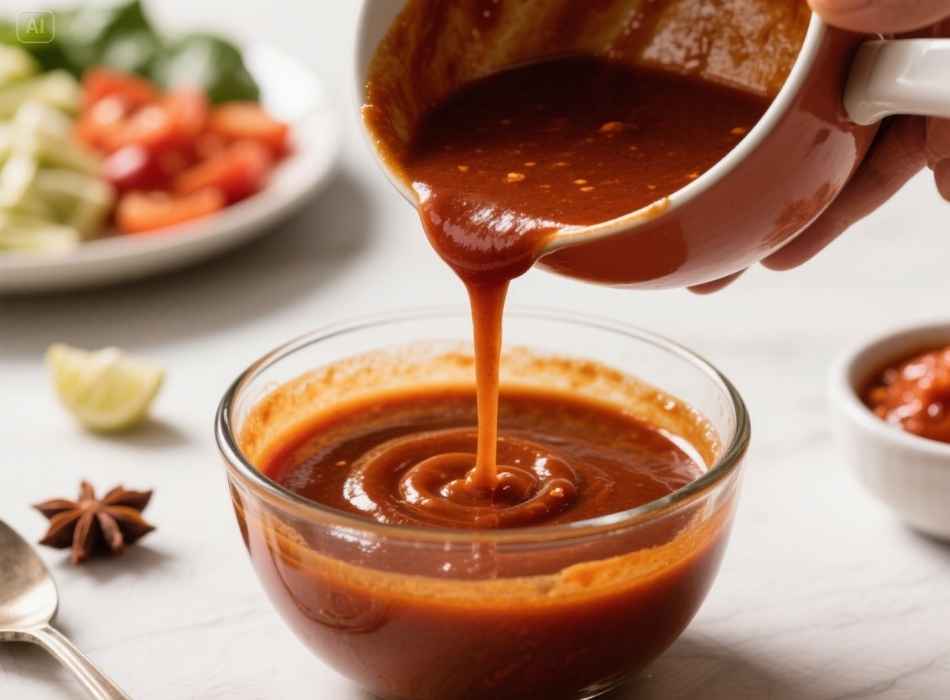
Even with careful preparation, you might encounter some common issues when making this sauce. Here’s how to address them:
Sauce Too Spicy
If your sauce turns out too hot, the easiest fix is to make another half batch without any hot peppers and combine the two. Alternatively, add more mayonnaise and sour cream to dilute the heat, though this will require adjusting other seasonings to maintain flavor balance.
Separation Problems
If your sauce separates or looks curdled, it’s usually because the acidic ingredients were added too quickly. Try whisking vigorously to re-emulsify, or start over with fresh mayonnaise and add the acidic components more gradually.
Bland Flavor
If the sauce tastes flat, it likely needs more acid. Add lemon juice or vinegar in small amounts until the flavors brighten. Salt can also help enhance all the other flavors, so consider adding a pinch more if needed.
Wrong Texture
If the sauce is gritty, make sure all dry spices are fully dissolved. Let the sauce rest for 30 minutes, then whisk again. If grittiness persists, strain the sauce through a fine-mesh sieve.
Tips for the Best Results
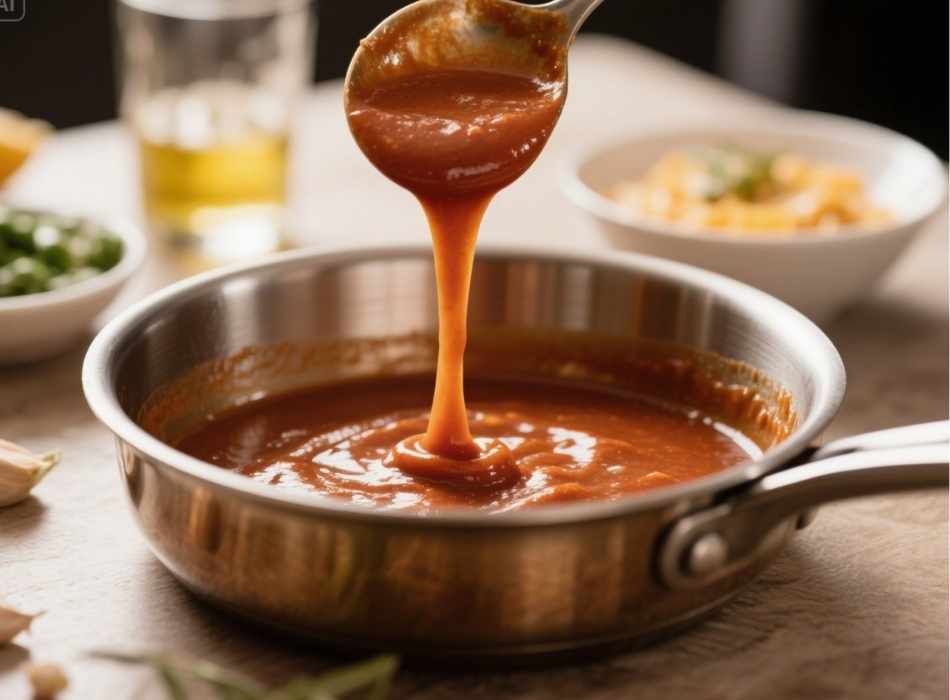
Success with this recipe depends on attention to detail and quality ingredients. Here are professional tips to ensure your sauce turns out perfectly every time:
Use room temperature ingredients when possible, as they blend more easily and create a smoother texture. Cold ingredients can cause the mixture to seize up or separate.
Measure spices carefully, especially the hot ones. It’s better to start with less and add more than to make the sauce too spicy from the beginning.
Let the sauce rest for at least 30 minutes before serving. This resting time allows the flavors to meld and develop, creating a more cohesive taste.
Taste and adjust seasonings after the resting period, as flavors can change as ingredients combine and settle.
Making Your Sauce Restaurant-Quality
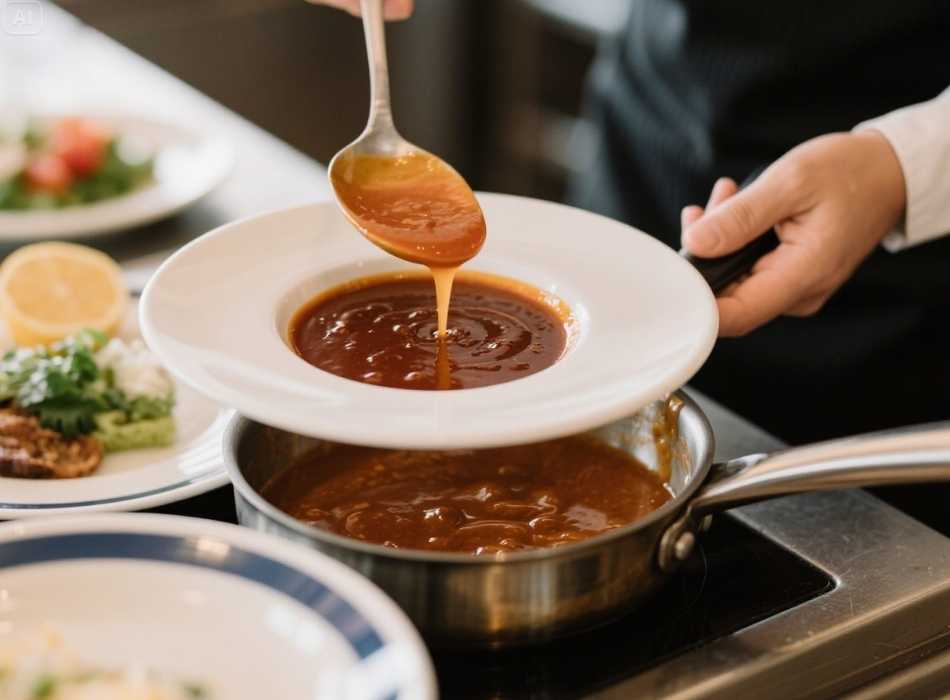
To elevate your homemade sauce to restaurant quality, pay attention to these finishing touches:
Strain out any large pepper pieces if you prefer a smoother consistency, but keep some for texture and visual appeal.
Consider the color—the sauce should have a pale orange or pink tint from the paprika and peppers. If it looks too white, add a pinch more paprika.
The final product should smell fresh and peppery with hints of garlic and tang. If any ingredient dominates the aroma, adjust accordingly.
Serve the sauce at the proper temperature—slightly cool but not ice-cold—for the best flavor release.
Perfect Your Homemade Whataburger Experience
Creating authentic Whataburger creamy pepper sauce at home opens up endless possibilities for enhancing your meals. This versatile condiment brings restaurant-quality flavor to your kitchen while allowing you to control the ingredients and customize the heat level to your preference.
The key to success lies in using quality ingredients, measuring carefully, and allowing time for the flavors to develop. Don’t be afraid to make minor adjustments to suit your taste—cooking is about creating something you love.
Start with this base recipe and experiment with variations once you’ve mastered the original. Keep notes about what works best for your palate, and soon you’ll have a signature sauce that rivals any restaurant version. Your burgers, sandwiches, and snacks will never be the same.














